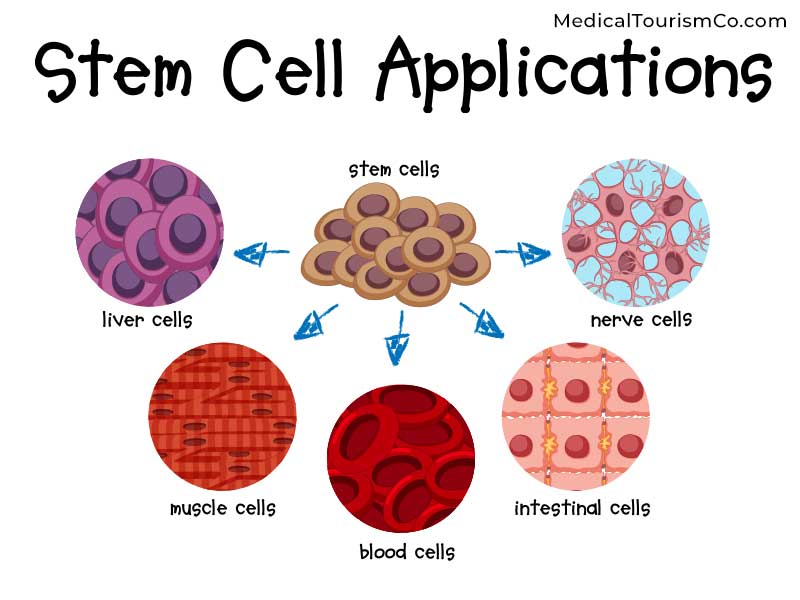What is Cell Treatment?
Cell treatment is a way of using specialized cells to fight cancer or other diseases.
These cells can either be obtained from a patient or donated by a friend or family
member voyagetimes. This type of treatment may be called autologous or allogeneic.

Stem cells are the most commonly used form of cell therapy, and they are extracted
from a person’s bone marrow or umbilical cord blood. They can help a patient’s
immune system fight cancer or other illnesses and can also repair damaged tissues
such as cartilage, ligaments and tendons. They can even regenerate tissue such as
heart muscle, bone and intervertebral discs that have been damaged by injury or
aging.
They can also replace the lost stem cells in a patient’s body following cancer
treatment or after bone marrow damage caused by chemotherapy or other
treatments. They can also be used to treat autoimmune conditions, urinary problems
and infections.
Some types of cell therapy are very safe and can improve patients’ quality of life.
These include CAR T-cell therapy for some leukemias and lymphomas, which uses T
cells that have been altered in the laboratory to recognise a particular protein called
CD 19 on cancer cells.
To make the CAR T-cells, your doctor removes white blood cells from your blood
using a procedure called leukapheresis. Your blood is then sent to a machine that
separates out your T cells and other blood cells. This can take a few hours.

Sometimes your blood calcium levels can drop during this process, which can cause
numbness and tingling or muscle spasms. This can be treated with medicine to
increase your blood calcium level.
You’ll need two IV lines, one for the blood and the other for the CAR T-cells. You will
stay seated or lying down during this procedure.
During the CAR T-cell therapy, your doctors will give you medicines to try to prevent
an allergic reaction. If they can’t avoid this, you may need to have the treatment
stopped or have steroids given to reduce the symptoms.
Your doctor might ask you to come back for follow-up appointments every few
months after the first treatment, to check your progress. You might need to have a
test to find out if the CAR T-cells are working properly.
In the future, more and more cell therapies are being developed to fight different
kinds of cancers. These will target specific tumors, destroying them and leaving
healthy tissue around them.
The biggest challenge is developing cell therapies that are effective at targeting
solid tumors. These treatments must recognise the specific molecules that are found
on solid tumors, and they need to stay in the body for a long time to kill cancer cells.
They also need to overcome a tumor’s ability to hide from the immune system. This
is why many of the most successful cell therapies have been developed for blood
cancers, such as lymphomas and leukemias.
Some of these therapies use T cells, which are the body’s cells that attack and
destroy diseased tissues and organs. They can be changed in the lab to recognise
and attack cancer cells, such as T cells that have been engineered to recognise a
particular protein on blood cancer cells or T cells that can be genetically modified to
recognise a particular antigen on cancer cells.





